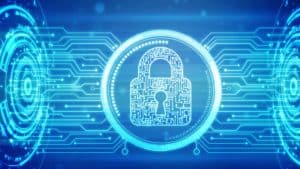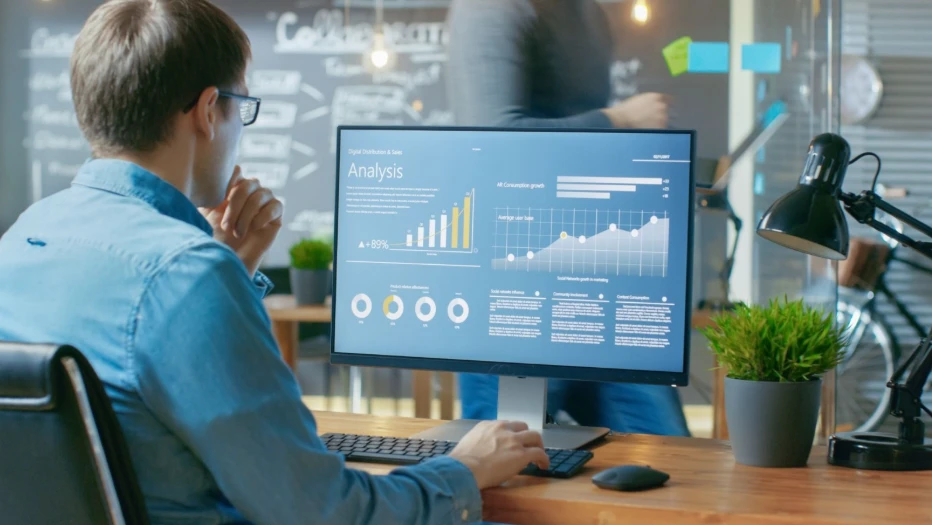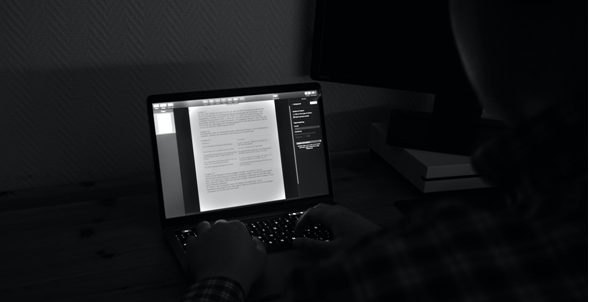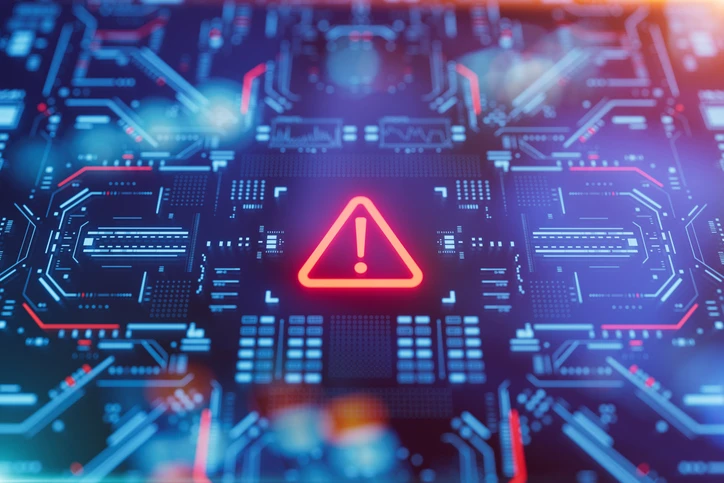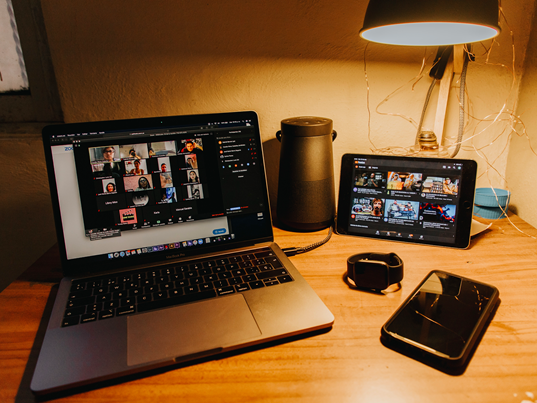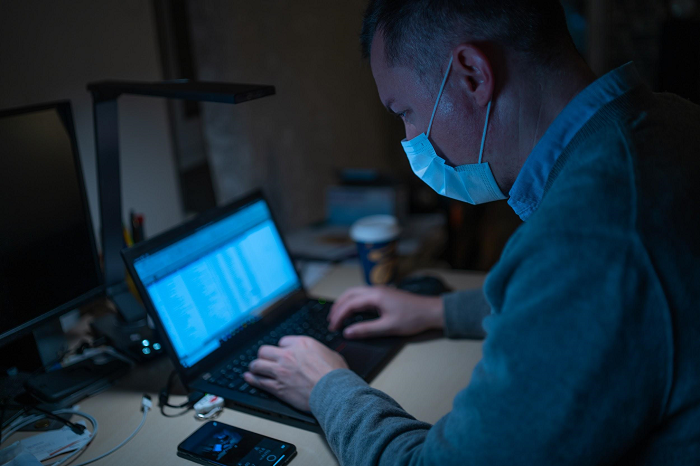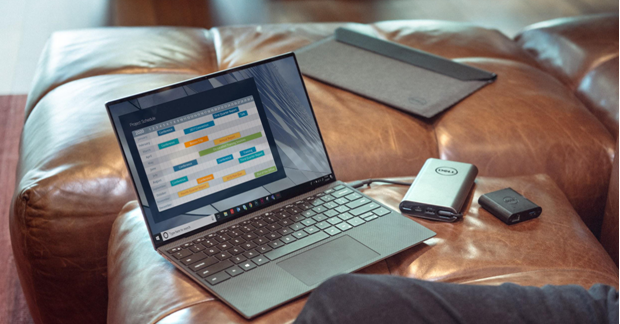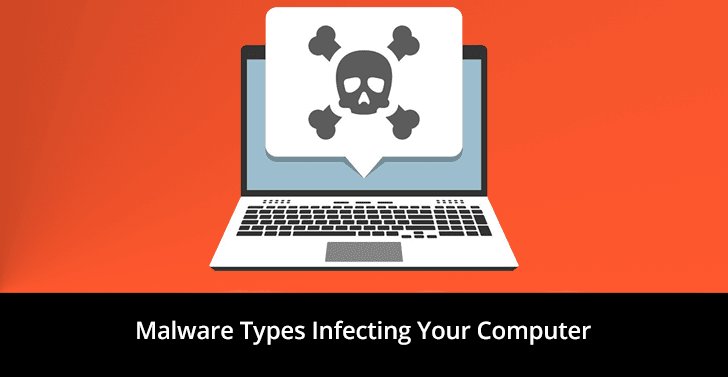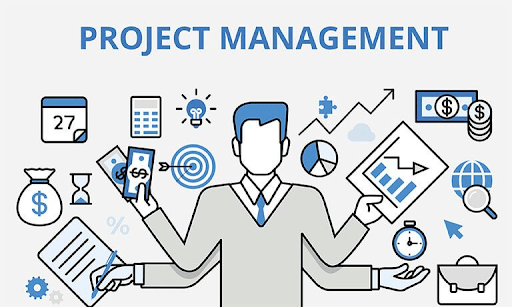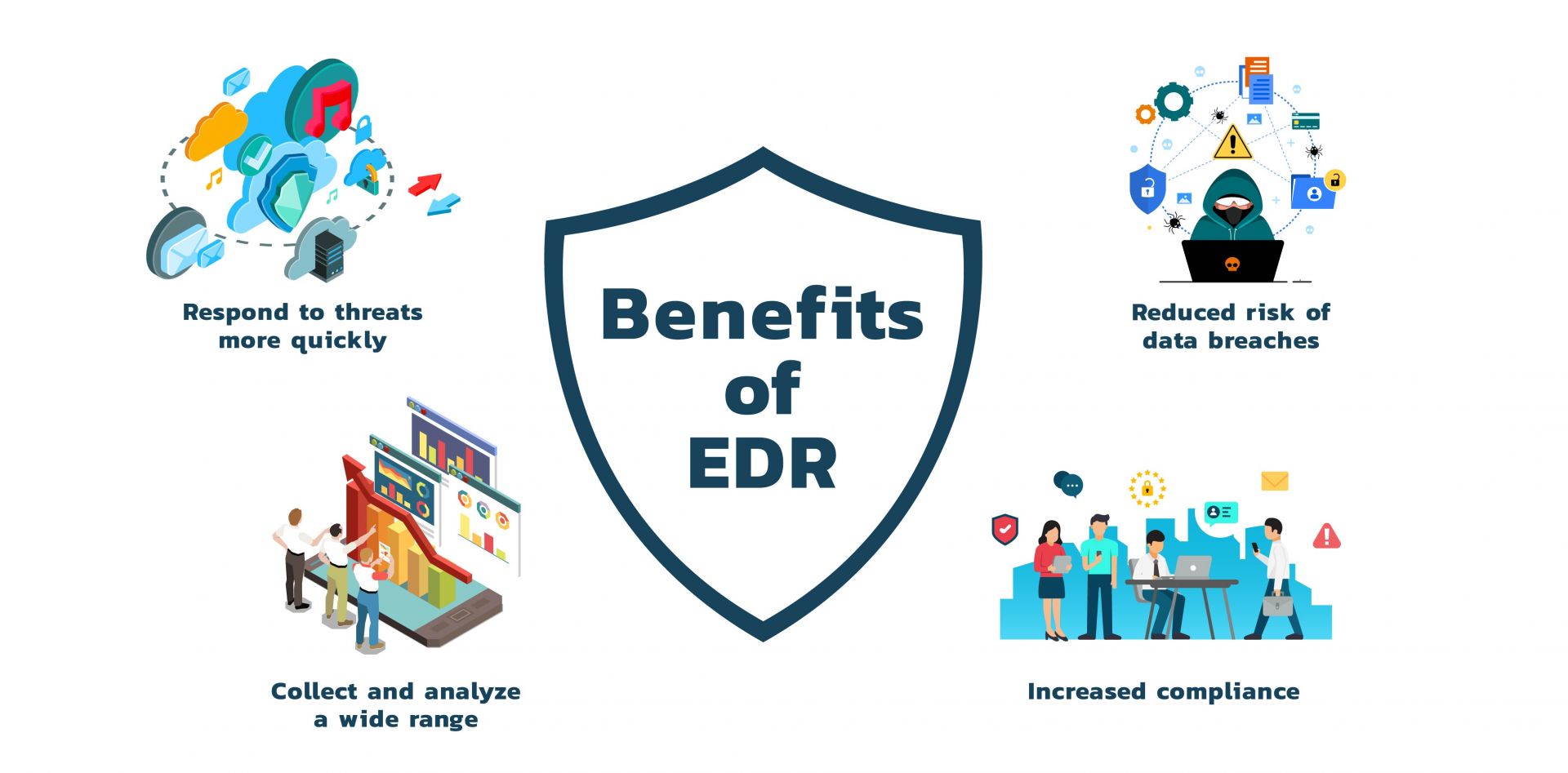AT&T Wireless Data Breach: A Stark Reminder of the Need for True Zero Trust in Cloud Security
Updated on August 20, 2024, by Xcitium
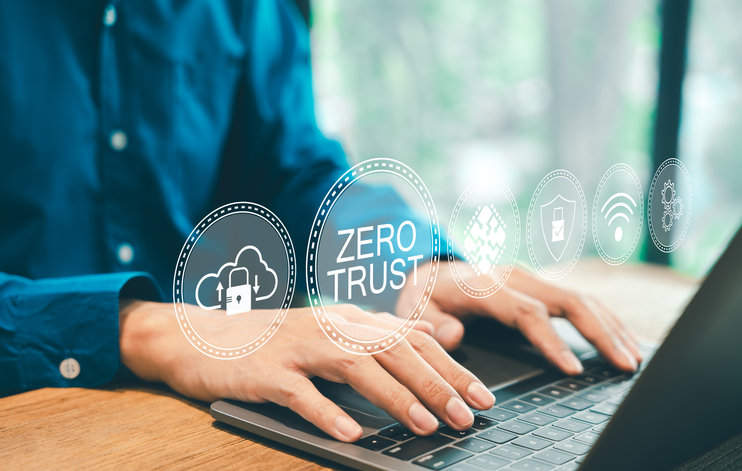
The recent AT&T wireless data breach has again shone a glaring spotlight on the vulnerabilities in our digital infrastructure. As details unfold, it becomes increasingly clear that traditional security paradigms must be revised in the face of sophisticated threats. This incident serves as a critical wake-up call for businesses and consumers: the time to embrace a Zero Trust approach to cloud security is now.

The Breach: A Failure in Trust
AT&T, one of the largest telecommunications providers, experienced a data breach that compromised the personal information of millions of users. While the specifics of how the breach occurred are still under investigation, the implications are clear: relying on perimeter-based security is a losing battle.
In today’s digital landscape, cybercriminals are more cunning and resourceful than ever. They don’t need to breach the entire system to cause significant damage; a single vulnerability is enough. This breach highlights the inherent risks of trusting any security point to safeguard critical data.
Why Zero Trust is the Only Way Forward
Zero Trust is simple yet revolutionary: trust no one, whether inside or outside the network, without verification. This model assumes breaches will happen and focuses on limiting their impact.
Zero Trust operates on the principle of “never trust, always verify.” It mandates continuous authentication and authorization for all devices, users, and data within an organization’s network. This approach minimizes the potential damage of any single breach by ensuring that even if hackers gain access to part of the network, they cannot move freely or access sensitive information without additional verification.
Cloud Security Must Evolve
The AT&T breach underscores a critical point: cloud security must evolve beyond the outdated notion of trusting any entity within the network. The cloud environment is a shared space by its very nature. Data constantly moves between servers, devices, and locations, making it an attractive target for cybercriminals.
A Zero Trust framework is not just an enhancement to cloud security but an absolute necessity. By implementing Zero Trust, organizations can ensure that every interaction within the cloud is authenticated and authorized, drastically reducing the risk of unauthorized access and data breaches.
The Road Ahead: Building a Secure Future
The AT&T data breach should serve as a sobering reminder for all organizations to reassess their security strategies. Relying on traditional defenses is no longer enough; we must adopt a mindset of continuous vigilance and assume that threats are already inside the network.
Implementing a Zero Trust model is not just about technology; it’s about building a culture of security where every user, device, and data flow is treated with skepticism until proven trustworthy. This approach will protect against breaches and build a foundation of trust that is essential in today’s interconnected world.
In conclusion, the AT&T wireless data breach is a clarion call for the industry. It’s time to move beyond the outdated models of the past and embrace the future of cloud security through Zero Trust. Only then can we hope to stay ahead of the relentless tide of cyber threats and safeguard the data that drives our digital economy.
What Makes Xcitium Stand Out
Detection-based cybersecurity is fighting a losing battle. It’s always playing catch-up, reacting only after the damage is done. Traditional endpoint security providers, bound by outdated detection-based models, can only recognize already known threats, leaving your defenses vulnerable to the unknown.
Xcitium breaks away from this failed paradigm with our Zero Trust Architecture (ZTA). Instead of waiting for the damage to occur, Xcitium preemptively corrals all unknown executables into a virtualized container, where they can be safely monitored without ever posing a threat.
This isn’t just a tweak to the old system – it’s a complete overhaul. While the cybersecurity industry clings to detection-based approaches that demand constant updates, Xcitium’s model eliminates the need for such patchwork solutions. We contain the unknown, ensuring your systems stay secure without the endless chase for the latest updates.
Click Here to schedule your free custom demo of our patented containment technology today!



